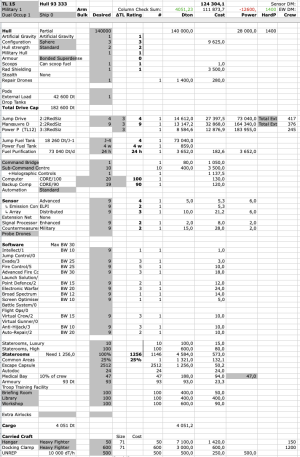Yes, I am well aware that the rules say you can combine them for thrust purposes and that this causes more problems than it solves. Yes, you can easily houserule solutions that suit your interests to all these problems. My houserule is that you don't get to use M-Drives and R-Drives at the same time. But you can, instead, go with de-coupling the gravitic compensation from the grav drives and calculate them separately. They are probably only coupled for simplicity in the first place.
This is a game. Lots of compromises between "realism" and playability even before you get to the space magic. The best you can do is find a set of compromises that work for your play group. But there is no chance you'll get the wider community to agree on a single set of made up space magic interpretations.

